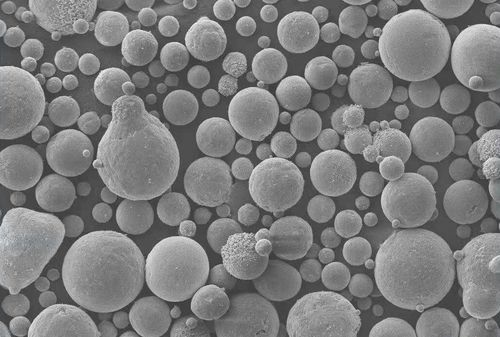Overview of Whole titanium sputtering target
Titanium (Ti) is a chemical element with the atomic number 22 and is symbolized as Ti on the periodic table. It belongs to the transition metals group and is known for its low density, high strength-to-weight ratio, and exceptional corrosion resistance. Discovered in 1791 by William Gregor, titanium has become a vital material across numerous industries due to its unique combination of properties.
Feature of Whole titanium sputtering target
-
Low Density and High Strength: Titanium is about 45% lighter than steel but possesses similar strength, making it ideal for applications where weight reduction is critical without compromising strength.
-
Corrosion Resistance: It forms a passive oxide layer that protects the underlying metal from corrosive substances, including sea water and chlorine, making it highly resistant to corrosion.
-
Biocompatibility: Titanium is well-tolerated by the human body and doesn’t cause adverse reactions, which is why it’s widely used in medical implants and surgical instruments.
-
Heat Resistance: With a melting point of 1,668°C (3,034°F), titanium can withstand high temperatures, making it suitable for aerospace and automotive applications.
-
Non-Magnetic and Non-Toxic: These properties make titanium ideal for applications in MRI machines and other sensitive electronic devices.
-
Fatigue Resistance: Titanium demonstrates excellent resistance to metal fatigue, crucial in cyclic loading applications such as aircraft parts.
.

(Whole titanium sputtering target)
Parameters of Whole titanium sputtering target
The parameters of a whole titanium sputtering target refer to the factors that influence the performance and behavior of the target during sputtering processes. Some of the key parameters include:
1. Cross-section area: The cross-sectional area of the target determines its surface area, which affects the number of ions that can be impinging on it per unit time.
2. Critical current density: The critical current density is the minimum amount of current needed for ionization and deposition to occur at a given temperature. It is an important parameter for controlling the rate of sputtering processes.
3. Sputtering velocity: The sputtering velocity determines how quickly ions with different energies and charges can collide with the target. A higher sputtering velocity results in faster ionization and deposition rates.
4. Temperature: The temperature of the target determines the rate of sputtering and the properties of the deposited layer. Higher temperatures result in more rapid sputtering and deposition, but may also lead to greater thermal stress and damage to the material being sputtered.
5. Characteristic sputtering parameters: These are specific characteristics of the sputtering process that depend on the above parameters, such as the deposition rate, grain size, and purity of the deposited layer.
6. Beam profile: The beam profile of the sputtering beam is also important, as it affects the diffraction pattern of the deposited layer and can affect the thickness of the deposit.
Overall, understanding these parameters is crucial for optimizing the performance of a whole titanium sputtering target and achieving desired properties for industrial applications.

(Whole titanium sputtering target)
Company Profile
Metal in China is a trusted global chemical material supplier & manufacturer with over 12-year-experience in providing super high-quality copper and relatives products.
The company has a professional technical department and Quality Supervision Department, a well-equipped laboratory, and equipped with advanced testing equipment and after-sales customer service center.
If you are looking for high-quality metal powder and relative products, please feel free to contact us or click on the needed products to send an inquiry.
Payment Methods
L/C, T/T, Western Union, Paypal, Credit Card etc.
Shipment
It could be shipped by sea, by air, or by reveal ASAP as soon as repayment receipt.
FAQ

(Whole titanium sputtering target)





